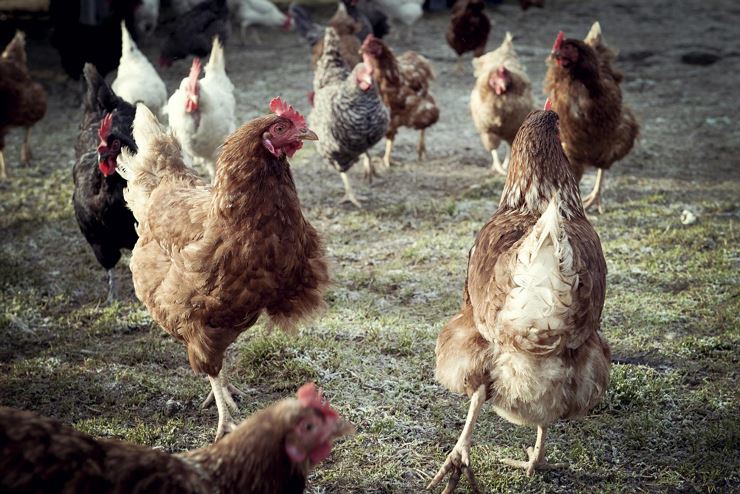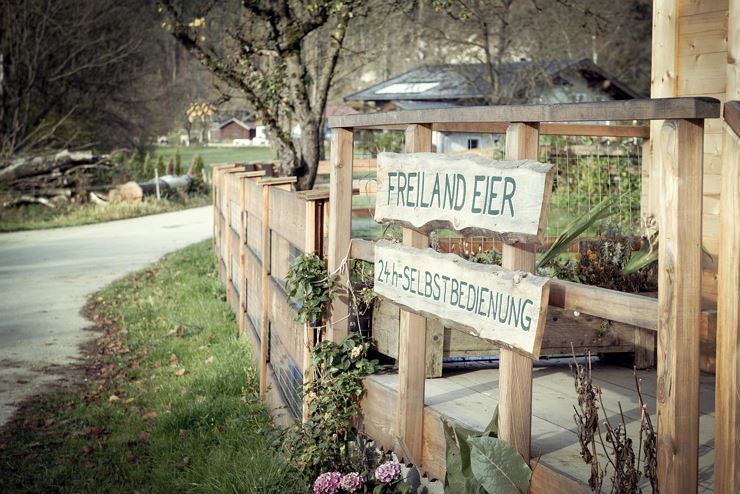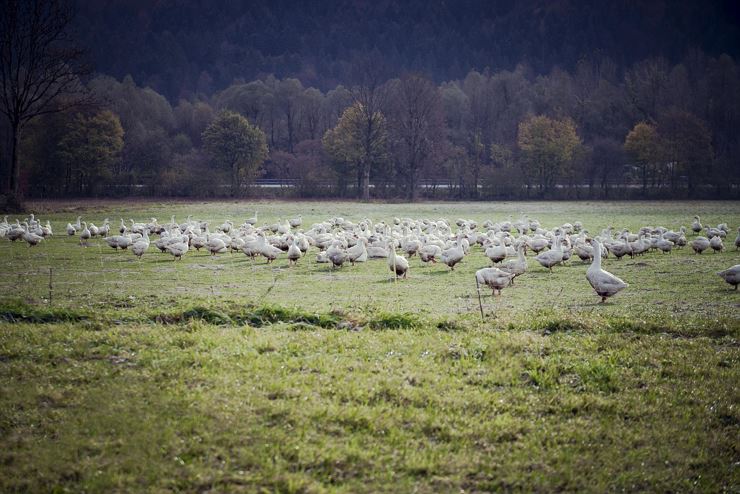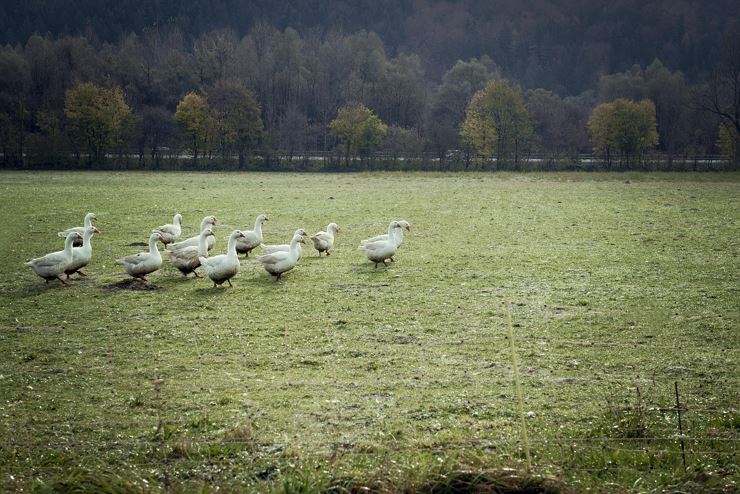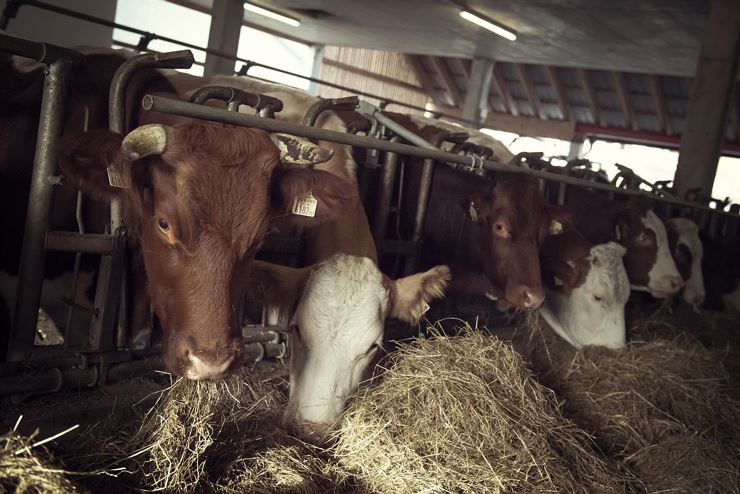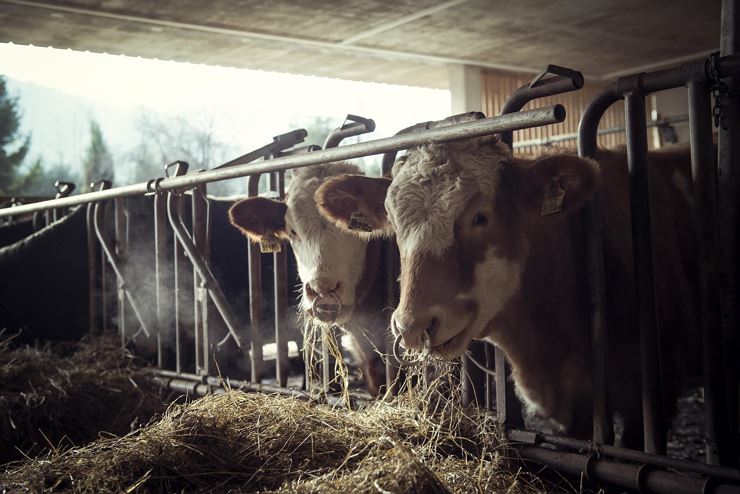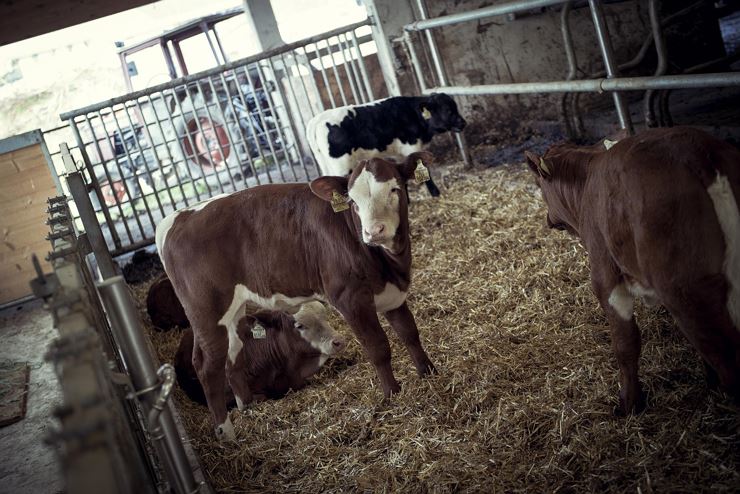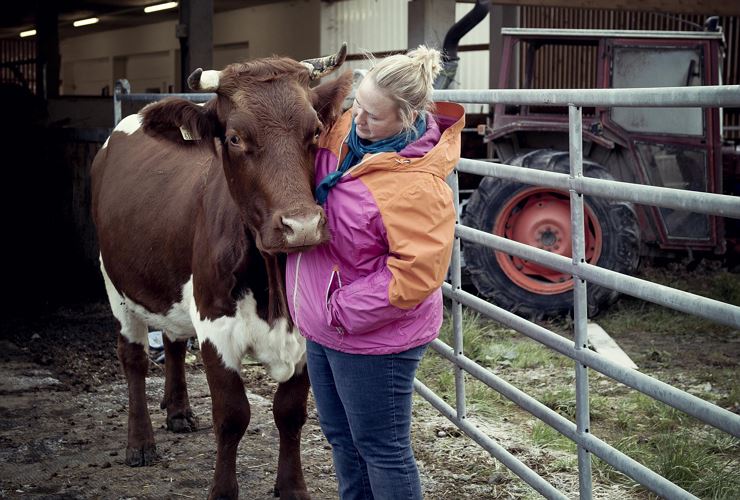Heimstätterhof - Langkampfen
 © VANMEY Photography
© VANMEY Photography © VANMEY Photography
© VANMEY Photography © VANMEY Photography
© VANMEY Photography © VANMEY Photography
© VANMEY Photography © VANMEY Photography
© VANMEY Photography © VANMEY Photography
© VANMEY Photography © VANMEY Photography
© VANMEY Photography © VANMEY Photography
© VANMEY Photography © VANMEY Photography
© VANMEY Photography
Pure Joy
A fire at Heimstätterhof almost cost Catrin and Hannes Anker their livelihood, but it turned into an opportunity for the passionate farming couple. Today, they are among the nine goose farmers in Tyrol with the second-longest experience. They have also expanded their offerings to include other poultry.
"Raising geese requires patience, observation, and a touch of courage," explains Hannes Anker during our visit to Heimstätterhof. These are exactly the qualities he and his wife Catrin possess. Catrin, who studied agriculture in Germany and worked full-time at an agricultural supplier before their marriage, joined Hannes, who grew up on his parents' farm in Langkampfen and has always worked in agriculture. They are both curious, love animals, and aim to live entirely off their home’s produce. "We are a small farm and need to find ways to sustain and feed ourselves independently, rather than relying on subsidies," says Hannes Anker proudly. After the major fire, they turned their fate into an opportunity, switching from dairy cows to beef cattle and investing their time and energy into geese. Since then, 600 geese waddle over the former cow pastures from March to December until the last Christmas goose leaves the farm, ready for the table. Hannes Anker has also set up an EU-compliant slaughter room. "We produce everything as we would expect if we were the customers. This includes not stressing the animals and slaughtering them directly on the farm," explains Catrin Anker. They can provide up to 130 geese per day to gourmet retailer Hörtnagl, local inns, and private customers for Martinmas and Christmas feasts.
Worthy Successors to Konrad Lorenz
The first batch of geese is slaughtered for Martinmas by pre-order. This is the most stressful time with the geese, following the initial challenges of raising the one-day-old chicks that arrive at Heimstätterhof. For the first four to six weeks, caring for them is akin to caring for a newborn. The temperature must remain constantly at 32°C, their down must stay dry, and too much sun can burn their skin. It’s a constant cycle of in-and-out until the goslings have their feathers. Along with their physical transformation from down to white feathers, the chicks are mischievous. Catrin and Hannes try to preempt this with a "goose school," keeping some geese from their first batch in 2011 to teach the chicks everyday habits like where the water is and how to eat. "Like fierce watchdogs, they protect 'their' chicks," smiles Catrin Anker. But it takes time for 600 young geese to learn all the rules, requiring constant vigilance from Catrin, Hannes, and his father. "Geese show you if they are too cold or too hot, stressed, or if the feed isn’t right. But you have to observe them. Even with all my tasks, I must make time for this to avoid losing a whole batch," says Hannes Anker. Since the Wörgl goose farmer started only a year before Heimstätterhof, both Tyrolean goose farmers had to gain their own experiences. Hannes Anker also observes the weather to provide the geese with the ideal structure. The weather significantly impacts their growth: cold weather makes them use energy to stay warm, and hot weather to cool down. The protein content of the grass also determines whether the geese become lean or fatty. "We raise our geese without medication and avoid soy as much as possible because we don’t like it," explains agricultural scientist Catrin.
Fox, You Stole the Goose
As avid learners with many ideas, Catrin and Hannes Anker didn’t stop at the original livestock. They transitioned their beef cattle to the endangered Pinzgauer breed, known for its finely marbled meat. Their chicken flock is also colorful: alongside brown and white hens, they have Araucana chickens from South America, Greenleggers, Marans from France, and Olive Eggers. After fifteen months, they are sold as soup chickens, and new hens take their place. Soon, they will offer various eggs in an egg vending machine, allowing customers to access fresh products anytime. Starting in September, they will also have broilers for roasting and grilling. Instead of the usual 31-day fattening, they will raise the chickens for ten to twelve weeks before slaughtering them on the farm. "This way, they weigh between 2.5 and 4.5 kilograms and stay juicy when roasted," explains Hannes Anker. They also received a private order for ducks and naturally bought a few extra, which will also be slaughtered starting in early September.

